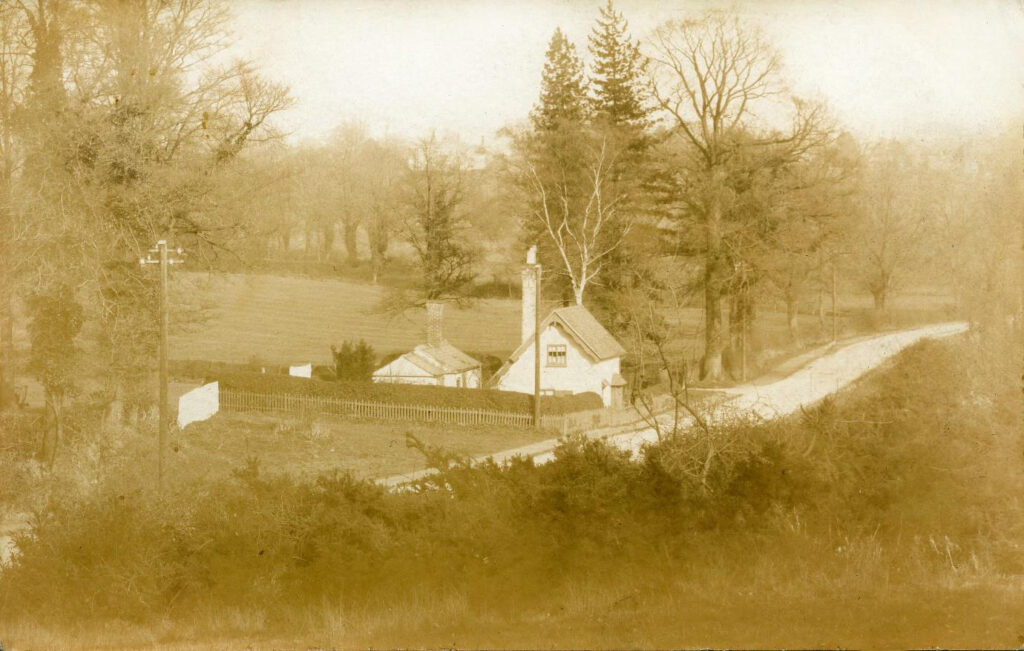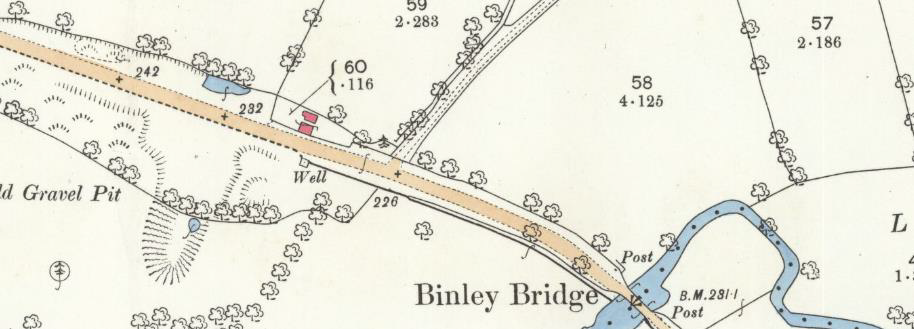
CovSoc member John Marshall uncovers the fascinating story of an 18th Century crime…
One of the most infamous murders ever to take place in Stoke occurred in November 1772 when Charles Pinchbeck, the unfortunate keeper of the Binley Tollgate, was shot with a pistol during a burglary and died as a result of his wounds.
As we will see, the two murderers were later apprehended and stood trial at Coventry Assizes in July 1773. Both were found guilty and were executed on Binley Common.
The Binley Tollgate, and the house of its keeper, was situated at Stoke Hill, near to Binley Bridge and the junction of the modern-day Hipswell Highway. It was within the boundary of Stoke and the toll house had been created after Binley Road was turnpiked in 1754.
Historically, this road had more importance than Stoke’s other main thoroughfare, Walsgrave Road, which wasn’t turnpiked until 1812. But both roads at this time would have been little more than narrow lanes, quite unlike the major roads of today. Tolls paid at a tollgate would pay for their upkeep.
In his book The History of Stoke (1897), Rev Thomas Blyth tells us that a notice was issued by Alderman John Hewitt at the end of November 1772, describing the crime at the toll house. He appealed for help to find the offenders who appear to have murdered the toll house keeper during a burglary that went horribly wrong.
The notice states that in the early hours of the morning on November 3rd 1772, three men went to the turnpike house near Binley Bridge and forcibly broke into the same.
“One of them,” said Alderman Hewitt, “by discharging a loaded pistol, wounded the keeper of the said gate (of which wound he is since dead) and afterwards plundered his house of ten pounds and upwards, about seven shillings thereof being in half-pence, and the said money was contained in two purses, one of them made of an old stocking, and the other of yellow canvas, both of which were taken away.”
Hewitt tells us that the person who discharged the pistol was a tall man, dressed in a waggoner’s frock with a little round hat upon his head, whose voice the gatekeeper had heard before.
It was claimed that the charge with which the pistol was loaded was bought in a tradesman’s shop in Coventry, suggesting that the murderer was a local man. A considerable reward was offered for the apprehension and conviction of the offenders, including thirty pounds from the commissioners of the turnpike road and twenty pounds from Lord Craven.
It was also said that if any of the offenders came forward and identified the man who committed the murder, they would be entitled to a free pardon if the guilty man was convicted.
A crucial piece of evidence was also mentioned: it was stated that the robbers, in their hurry, left behind a remarkably strong stick, the club end of which had been previously used for walking.
In April of the following year, Thomas Fern of Church Lawford, and John Howe and Robert Verity of Brinklow, were apprehended, and the first two men were charged and committed for trial. Blyth gives us an account of what happened next.
“Howe was proved to have been acquainted with the murdered man, and it was further proved that the stick, the pistol and the smock frock, belonged to Fern, who had purchased the powder and shot in Coventry. It was further made clear that they belonged to a gang of burglars and had been guilty of many felonies.
“Both men were tried at the Coventry Assizes, July 30th, 1773, and after a trial of four hours were convicted before Mr Justice Willes, by whom they were sentenced to death, and were accordingly executed on the Monday following, the scaffold being erected on Binley Common, a short distance from the toll-gate where the murder was committed.”
As a footnote, we are told that the third man initially arrested, Robert Verity, escaped implication in the Binley murder, but was tried at Warwick for a burglary at Bilton and sentenced to seven years’ transportation.

This article first appeared in the November 2022 newsletter of the Stoke History Group, courtesy of editor John Marshall.
